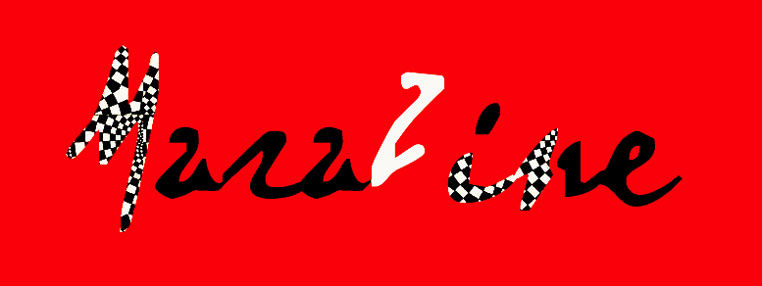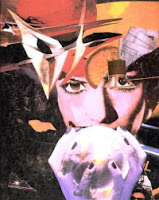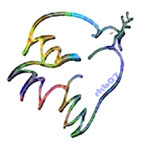Just Kidding Collage
Kids and collage are just like peanut butter and jelly. Messy, fun, and sticky. Give scissors, glue, and paper to any kid and see them jump into collageing without hesitation. Somewhere, Matisse must be smiling…
These were done when our children were only 5 or 6. Settling down to create a collage can eat up a whole rainy afternoon. Best of all, you’re likely to have all the materials on hand, no trips to the store.

Some materials to inspire – just arm the the kids with blunt scissors, white glue and strong paper, and let them loose:
 . Magazines and catalogues
. Magazines and catalogues
. Construction paper
. Old greeting cards
. Bits and pieces of doilies, thin fabric, tissue paper
. Markers, pencils, crayons – whatever you can live with
Don't limit yourself to these ideas - any safe material can end up "making" a collage. Try to avoid ready-made stickers, and encourage exploration of favourite themes, fantasy and imagination.
Don’t expect any masterpieces – but do remember to enjoy the moment.
Considering the materials used, these creations certainly won't last forever, just long enough to adorn a bedroom wall until the next artistic exploration or the next rainy afternoon, whichever comes first.
(This post by Neda and Rima)































